A Journey Beyond the Map
Dolpo had always been a name that echoed in my mind, distant, almost mythical. When I finally set foot on its ancient trails, it felt like walking into a forgotten chapter of the Himalayas. The air was thin, the silence unbroken, and every frame I captured felt like time itself had slowed down.
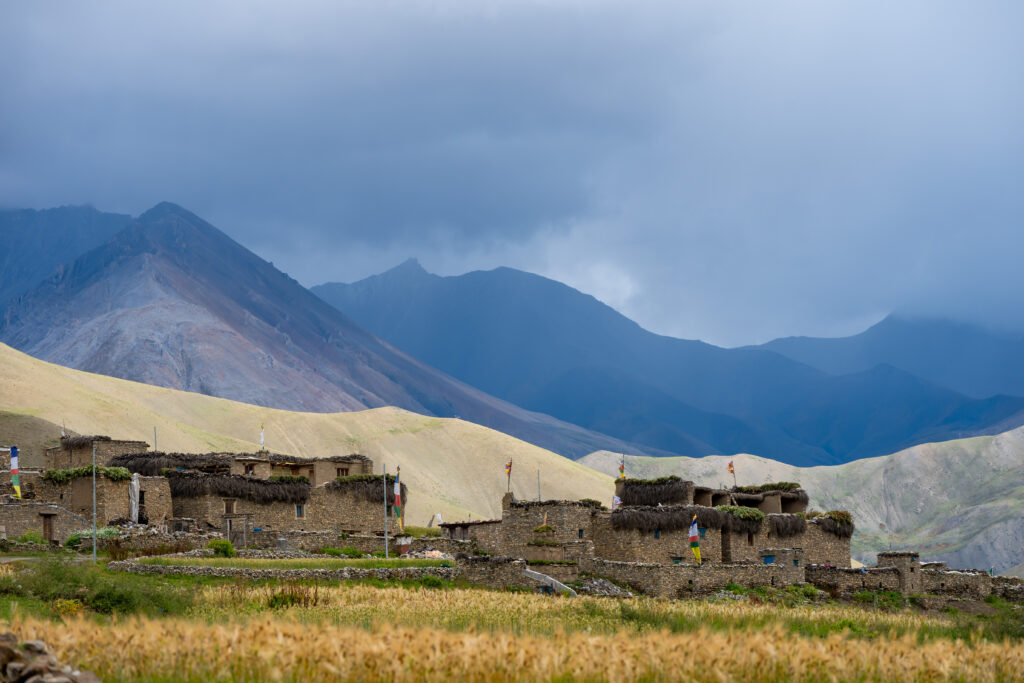

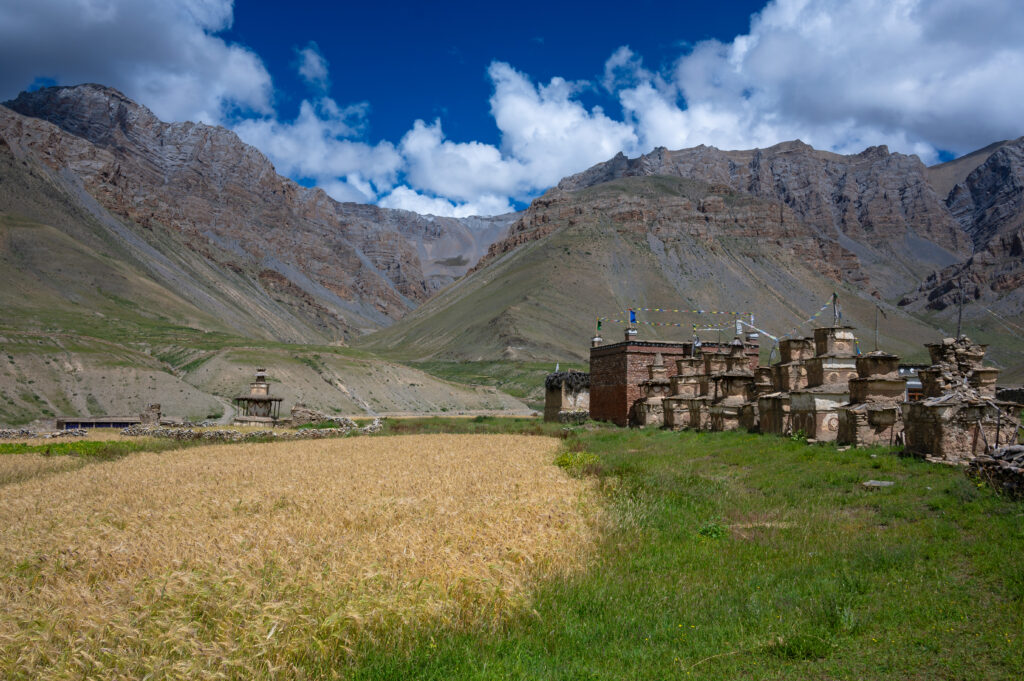
As a photographer from Kathmandu, I’ve witnessed the chaotic beauty of the valley, the vibrant festivals, and the resilience of mountain life. But Dolpo was different. It demanded patience, from the trekker, and from the lens.
The Journey In
The adventure began with uncertainty. My flight to Juphal from Nepalgunj got cancelled due to weather, a sub conscious reminder of how remote Dolpo really is. What followed was a long, rugged jeep ride to Dunai, winding through endless dust and cliffs that seemed to rise straight from the river. It was uncomfortable, but every turn revealed a new rhythm of the land, vast, raw, and humbling

The Harsh Beauty of the Land
From Dunai to Rigmo, Dho Tarap, and beyond, the landscape kept shifting from dusty valleys to windy passes, from prayer walls to high cliffs where the wind carried ancient chants. Dolpo wasn’t just about movement; it was about listening.
I carried two camera bodies, Nikon Z6III and Nikon Z6II along with a Nikkor 28mm, 70–180mm, and 300mm lens. Each lens offered a different dialogue with the place:
- The 70–180mm for fleeting human gestures
- The 28mm for landscapes that swallowed the horizon.
- The 300mm for distant landscape details and moments that happened far beyond reach.
- Alongside them, I had an Instax Polaroid camera, a DJI Osmo Pocket3, and a GoalZero Sherpa 100PD to power everything. In a place where electricity was a luxury, every battery had to be used with intention.
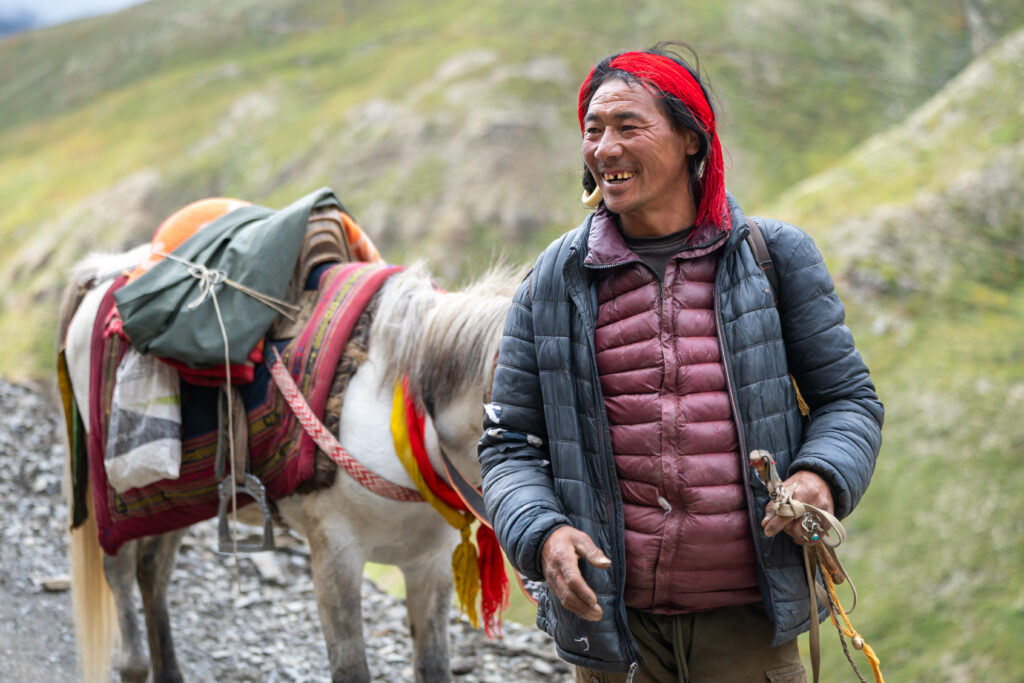
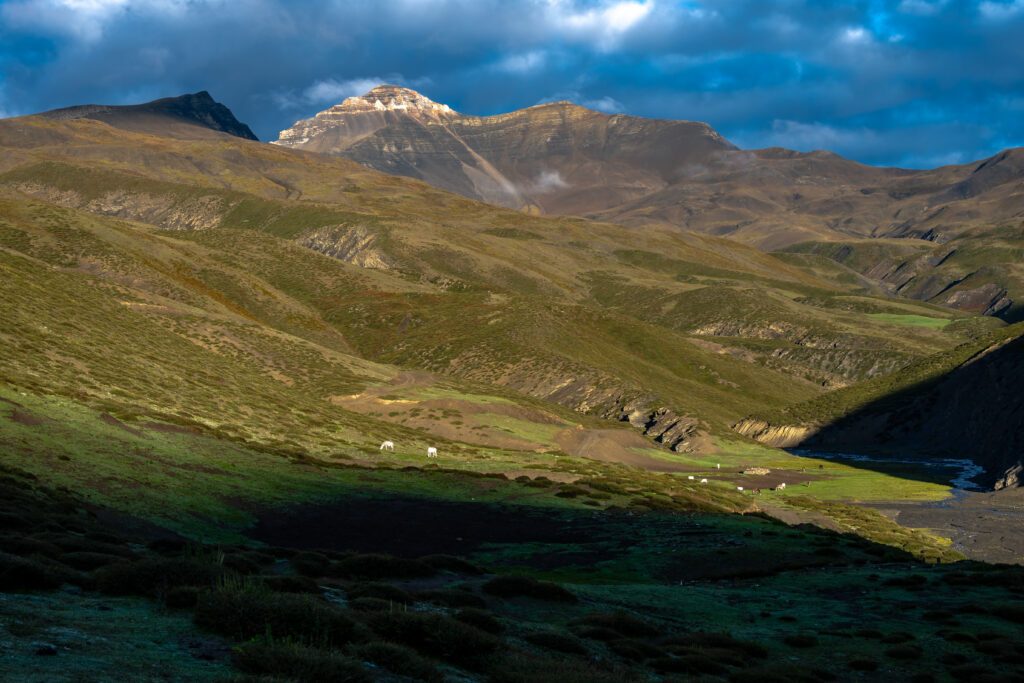
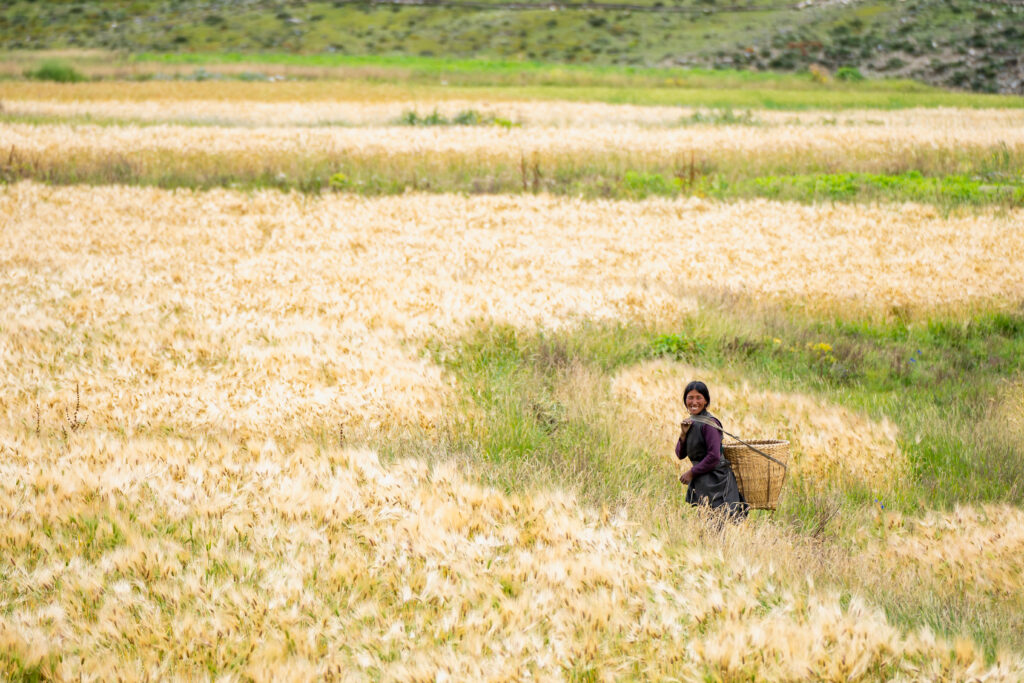
Landscapes that fascinate
Dolpo’s landscapes are vast and ever-changing, from barren high passes in shades of ochre and grey to turquoise lakes reflecting the sky. The valleys and hills are rarely empty, farmers work in distant fields, herders guide yaks, and motorcyclists navigate narrow trails. In the mornings, frost coats the paths, while by afternoon, the sun makes the air thin and bright. Photographing these scenes was about capturing both the scale of the land and the people moving within it, showing how life and landscape coexist in this remote region.
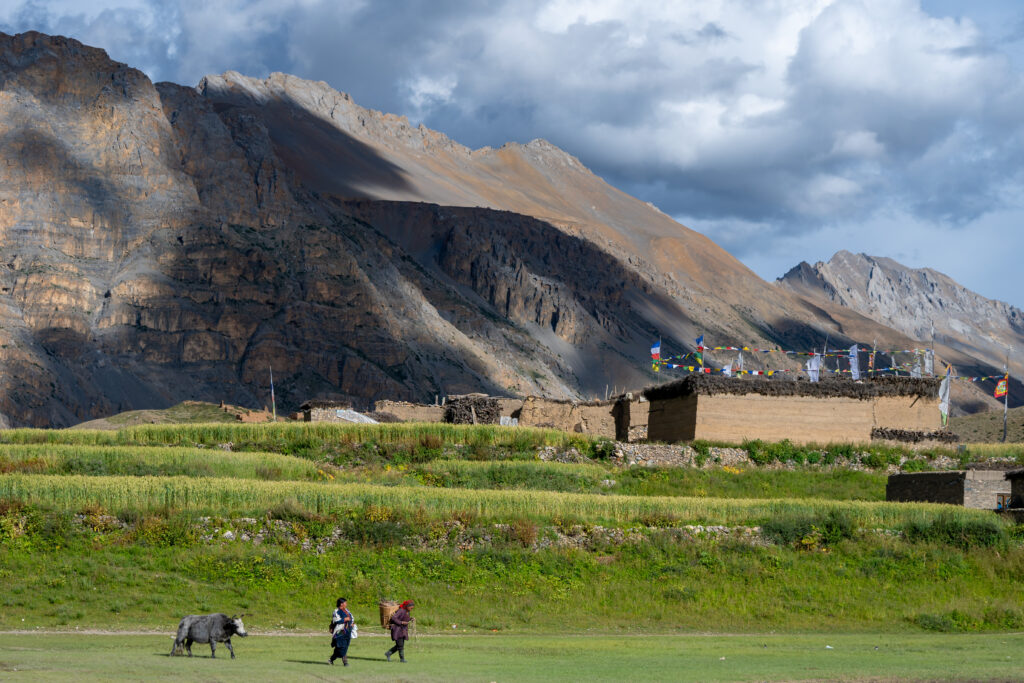

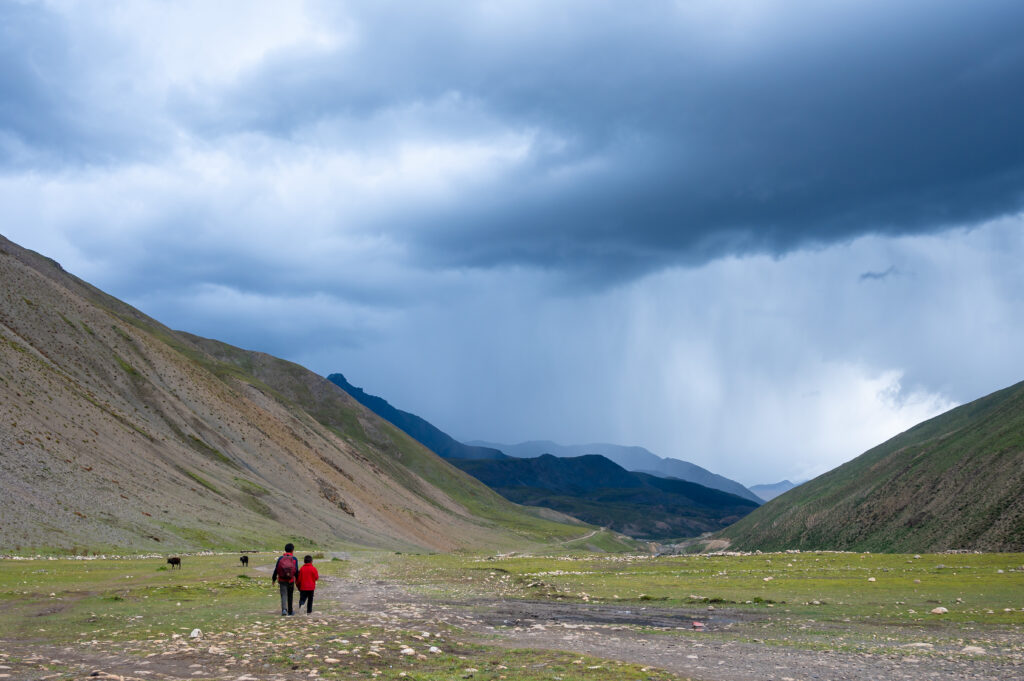

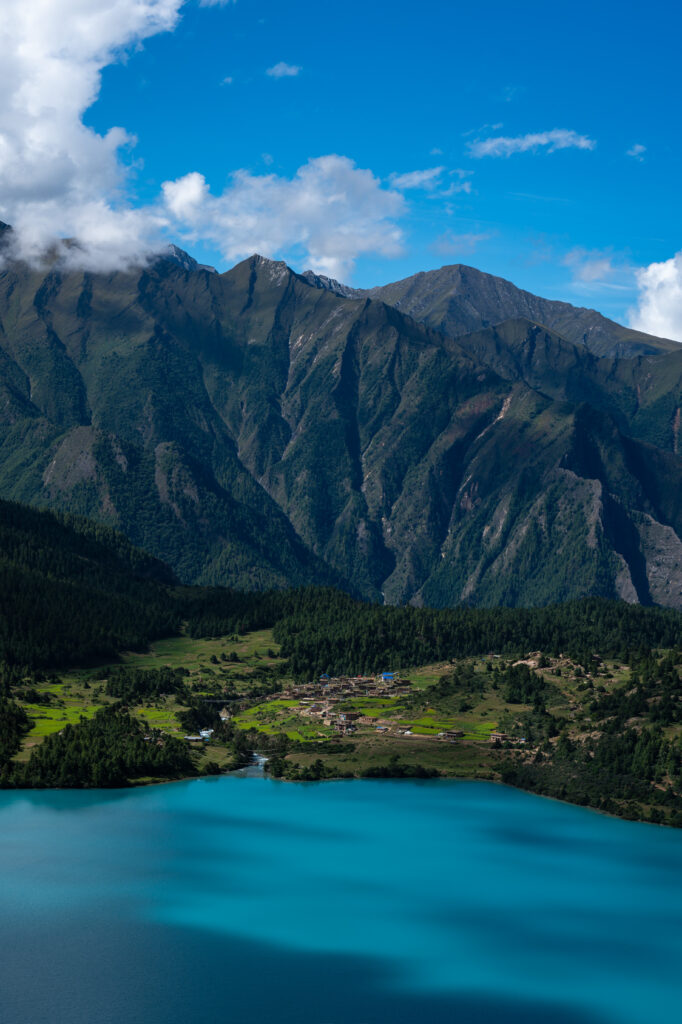
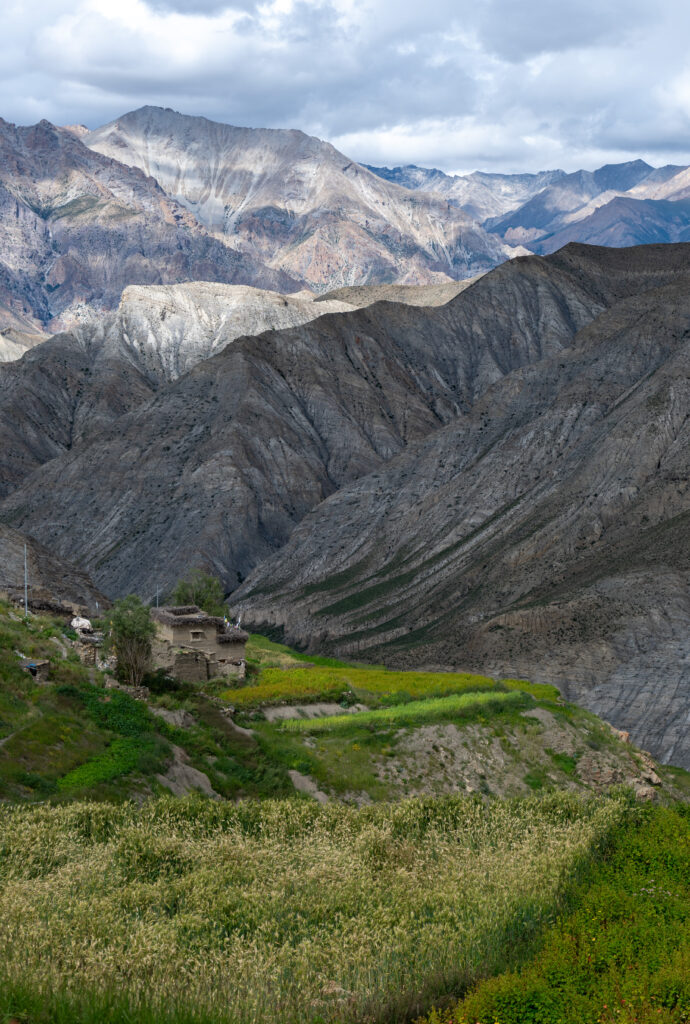
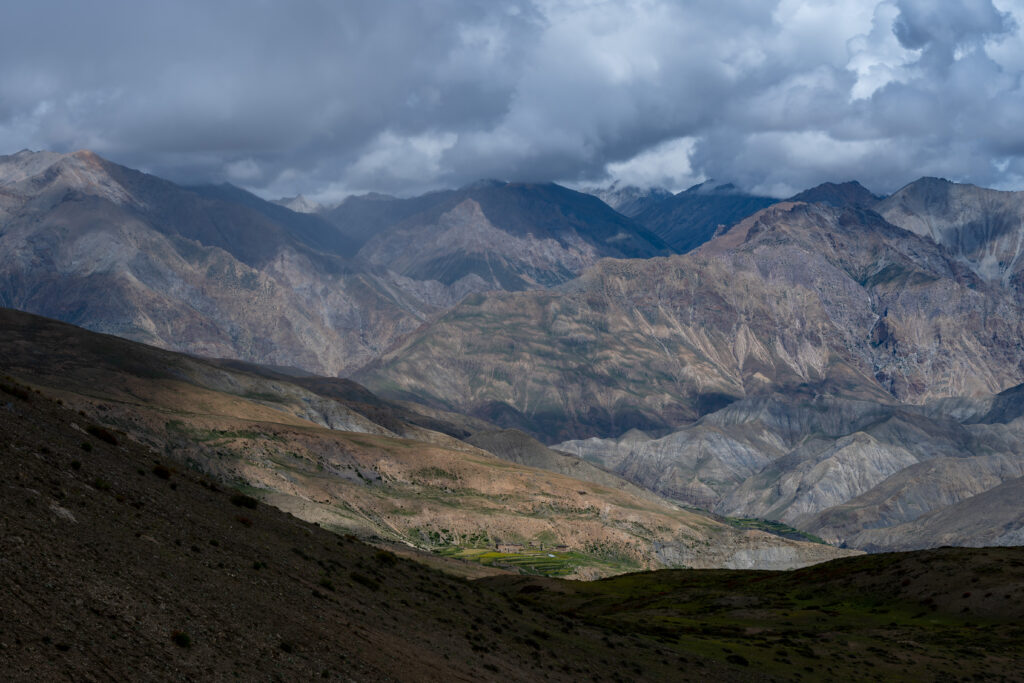
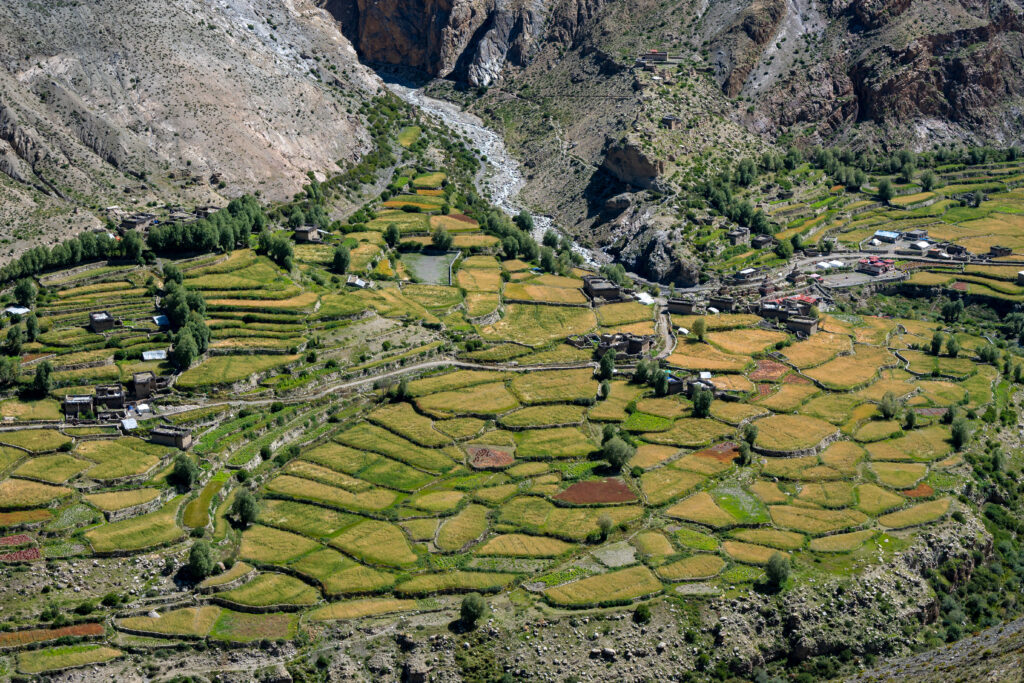
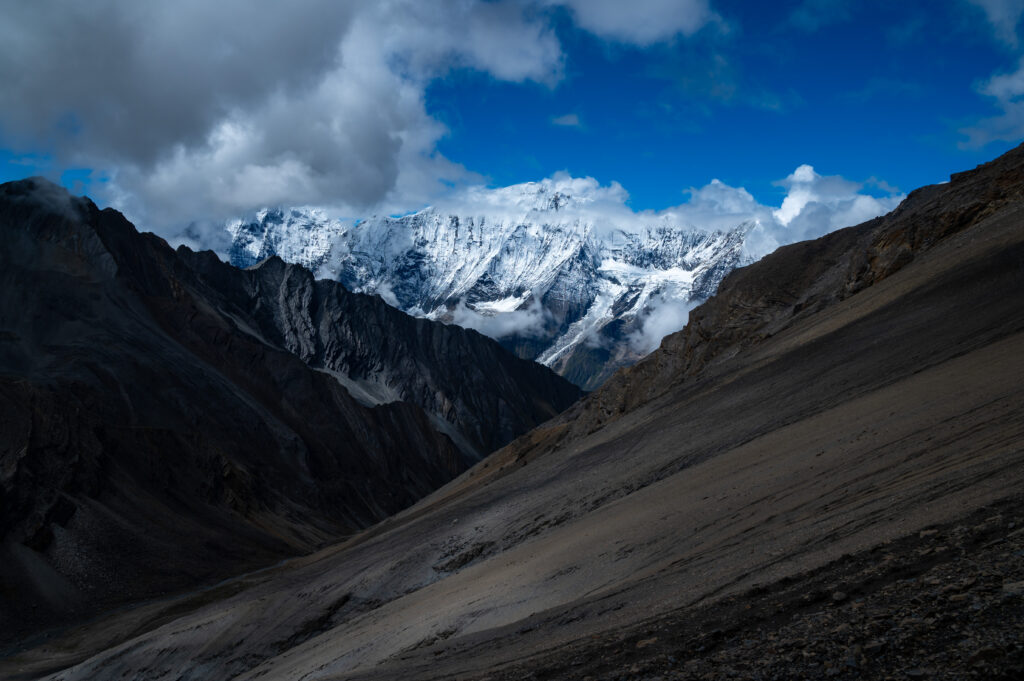
Faces of Dolpo: Portraits of Resilience
In villages like Simen, Saldang and Tinge, I found the pulse of Dolpo,not in its landscapes, but in its people. Faces marked by altitude and time, eyes that carried both strength and gentleness.
I began taking Polaroid portraits of children and elders, gifting each print before I moved on. Many had never have their printed image before. Watching them hold those small photos smiling, laughing, showing them to each other, became one of the most meaningful exchanges of the trek. With moment like this on Photography ; it felt less like documentation, and more like connection.
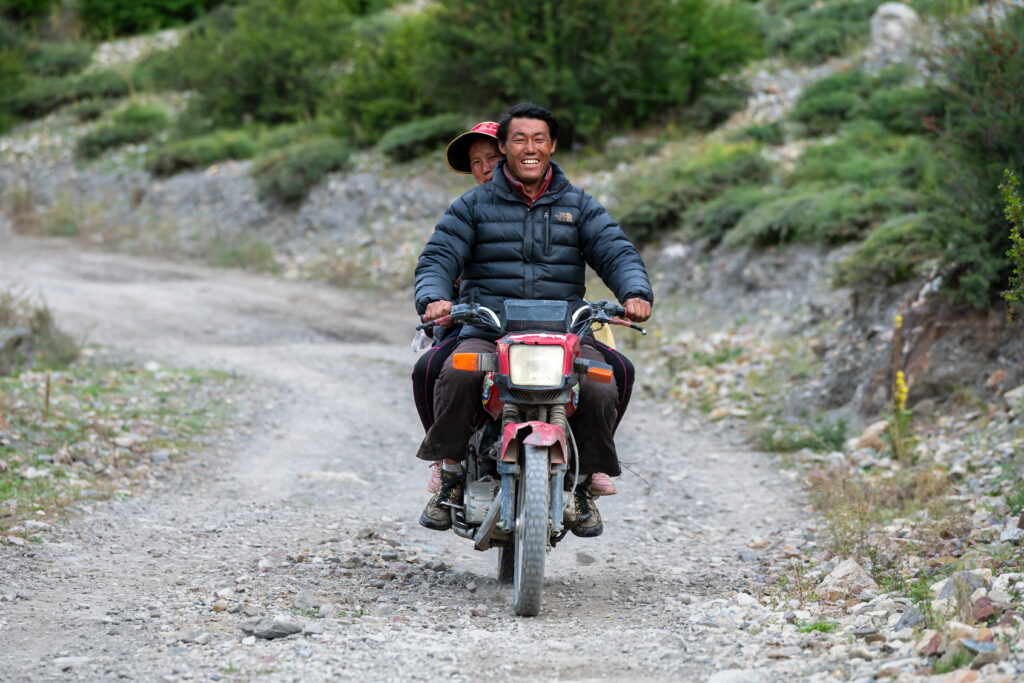

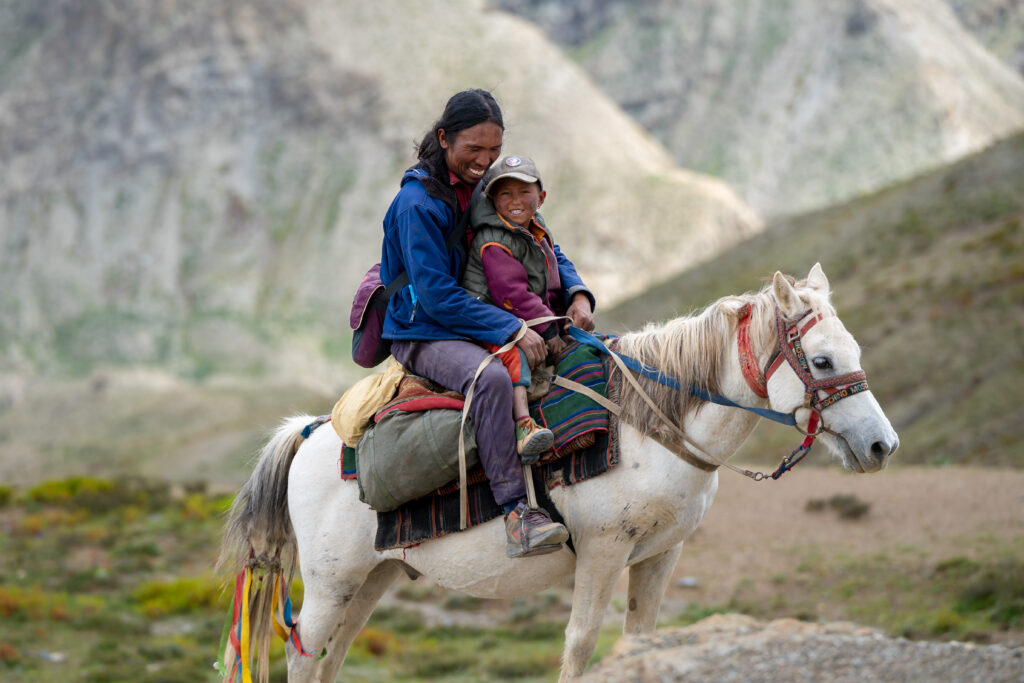
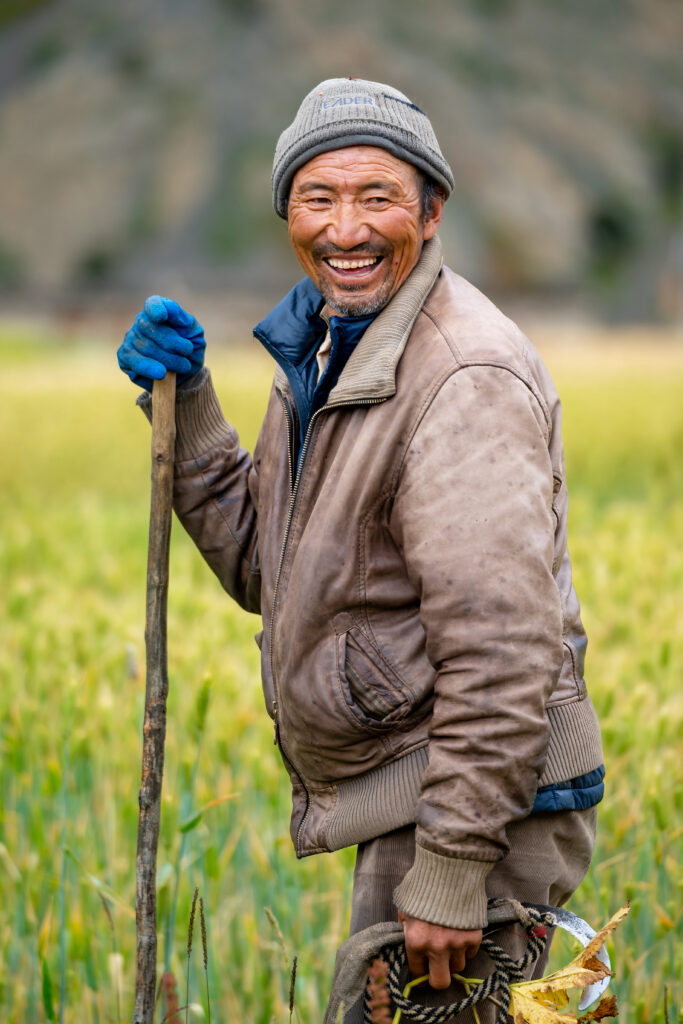

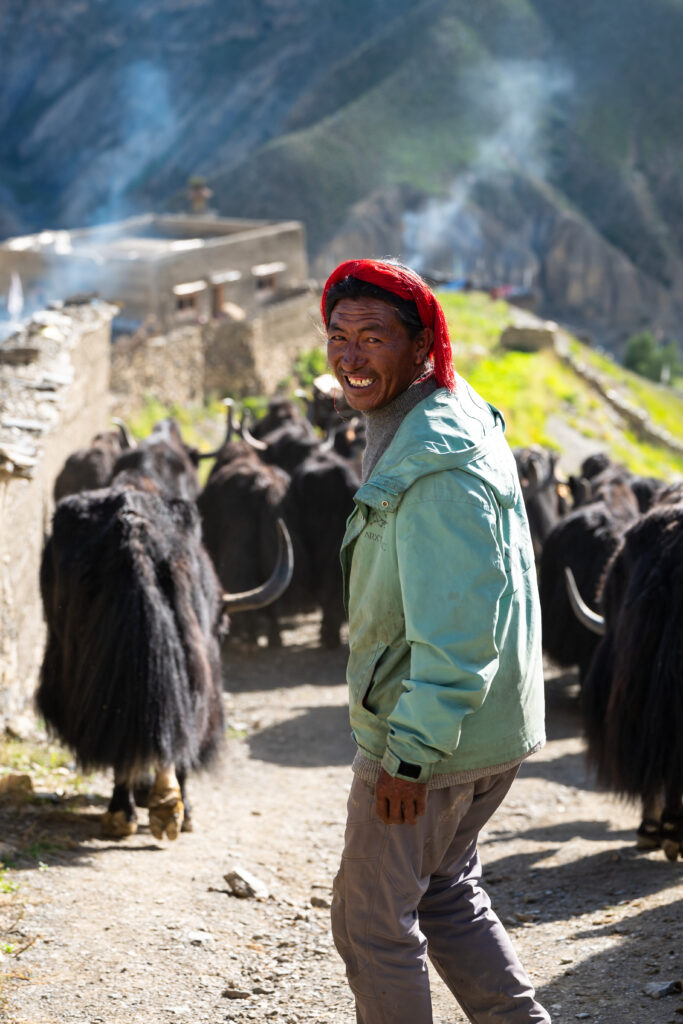
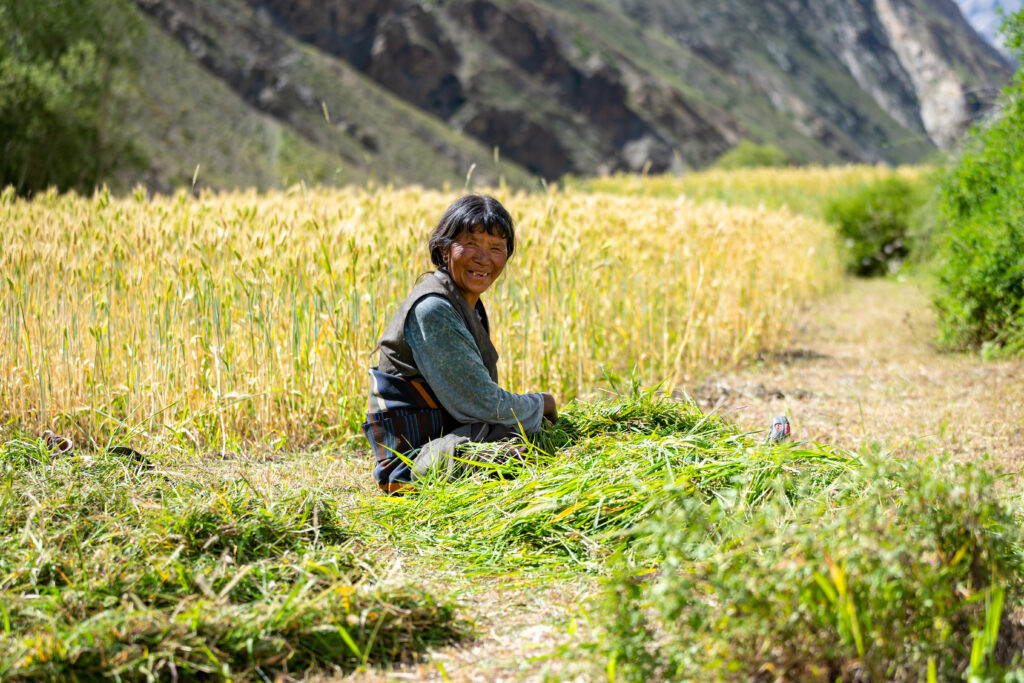
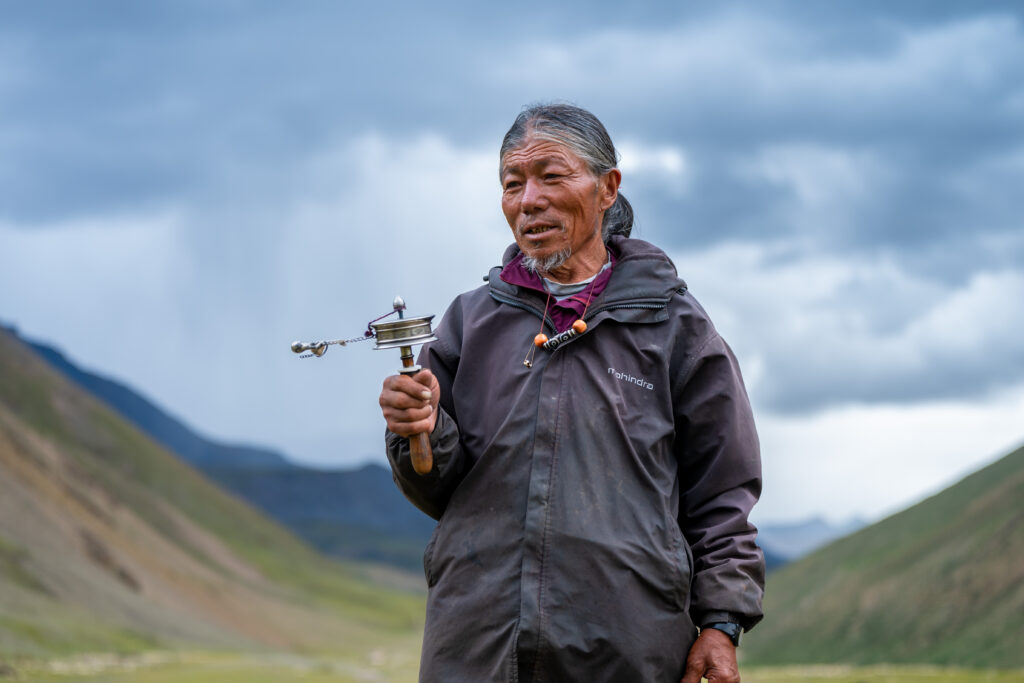

Monasteries/Mani of Dolpo
Scattered across the valleys and perched on remote cliffs, Dolpo’s monasteries are both spiritual centers and architectural marvels. Their walls are mostly painted red, standing in contrast to the rugged landscape, while prayer flags flutter in the wind, carrying the hopes and prayers of the local communities. Inside, there were no large numbers of monks, only a few Rimpoche and caretakers maintaining the site and performing rituals. Visiting these monasteries, I realized they are more than religious buildings , they are living cultural spaces, offering a glimpse into the enduring faith and traditions of Dolpo. However, there are so many Mani’s in every village of Upper Dolpo.
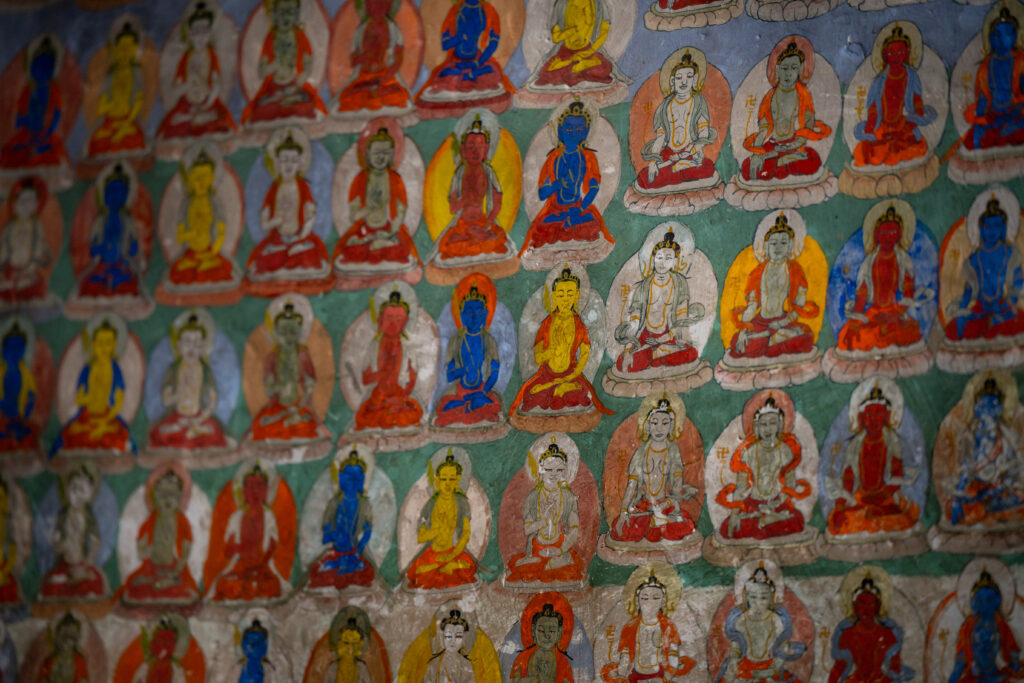
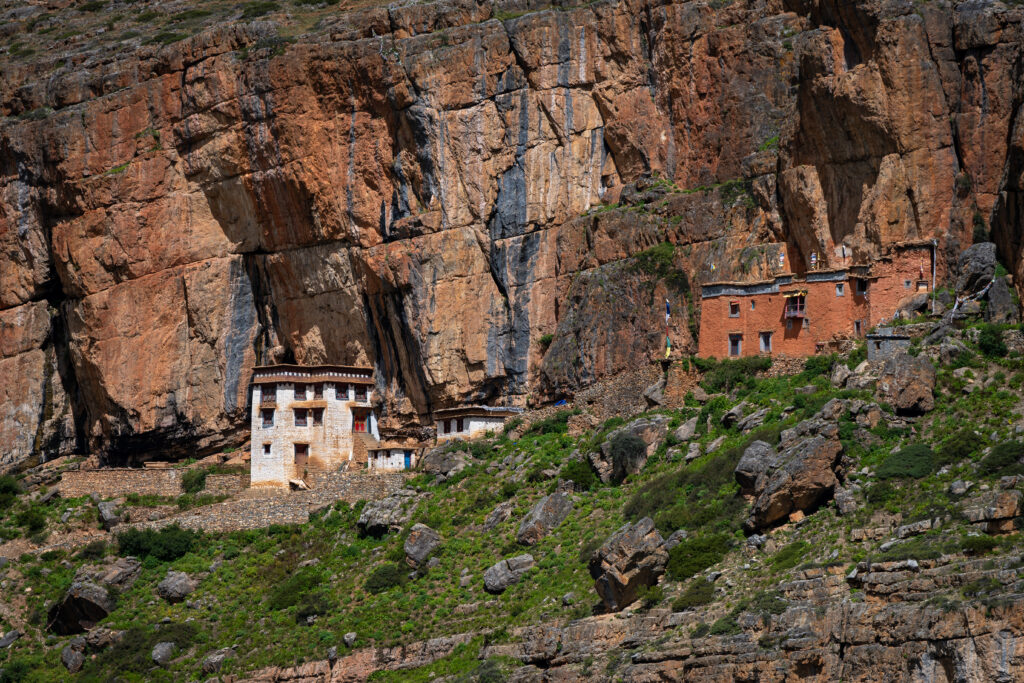
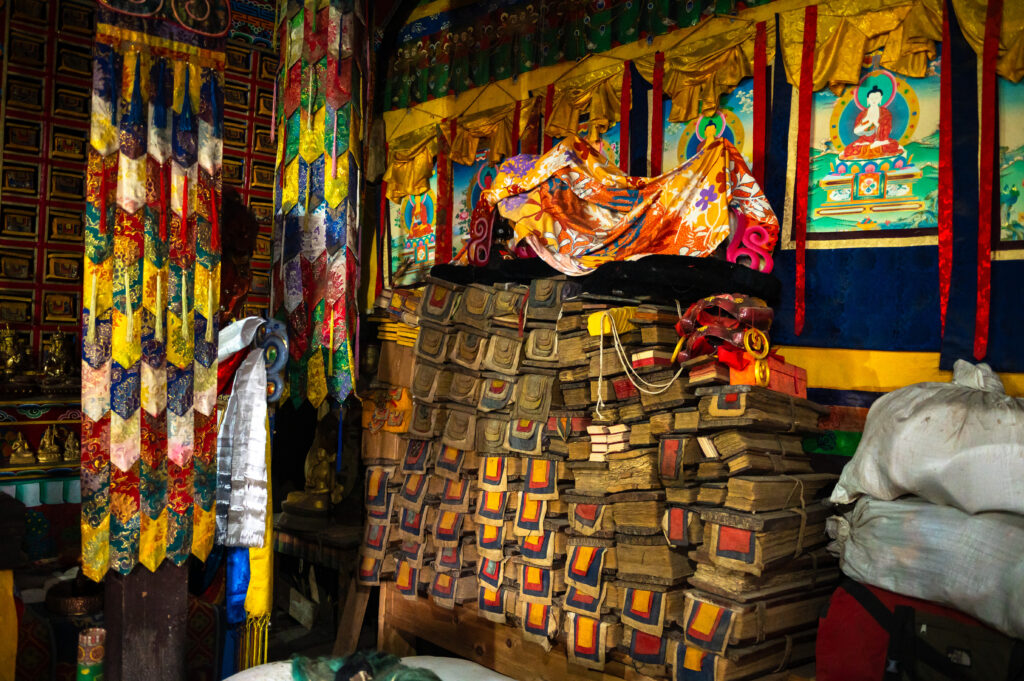

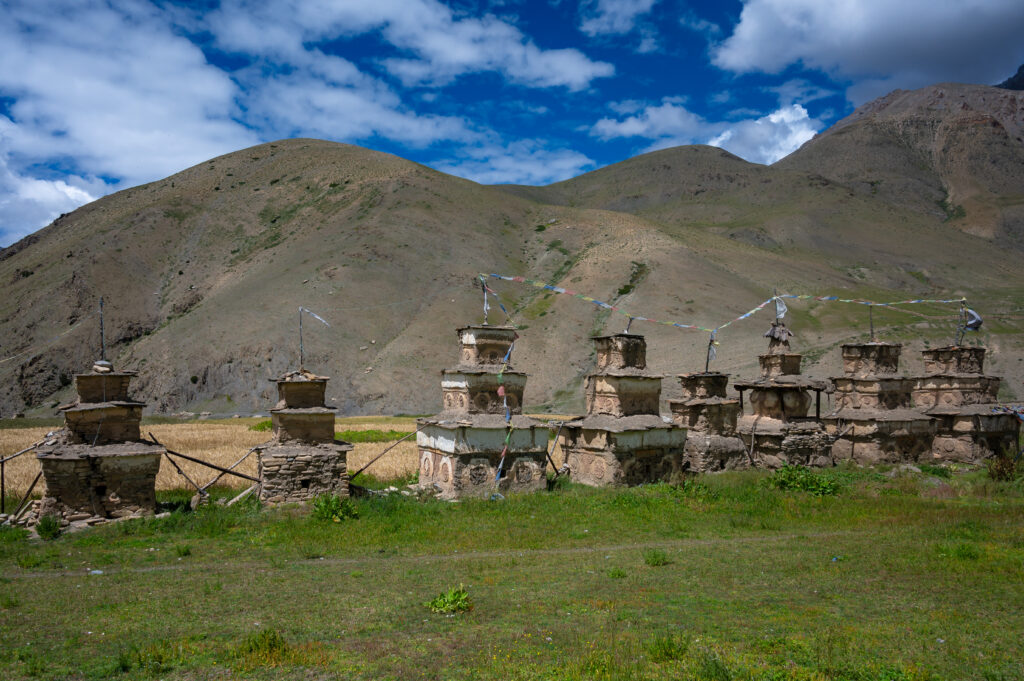

Modern Traces in Upper Dolpo
Despite its remote and traditional feel, Upper Dolpo has seen subtle signs of modern influence. Chinese motorcycles are increasingly present on the trails, transporting goods and people between villages, while hand-operated grass-cutting machines are used in fields to help with farming. These glimpses of modern life slightly alter the sense of timelessness but also create unique photographic opportunities, capturing the contrast between ancient landscapes and modern movement, and showing how life in Dolpo continues to adapt while maintaining its cultural identity
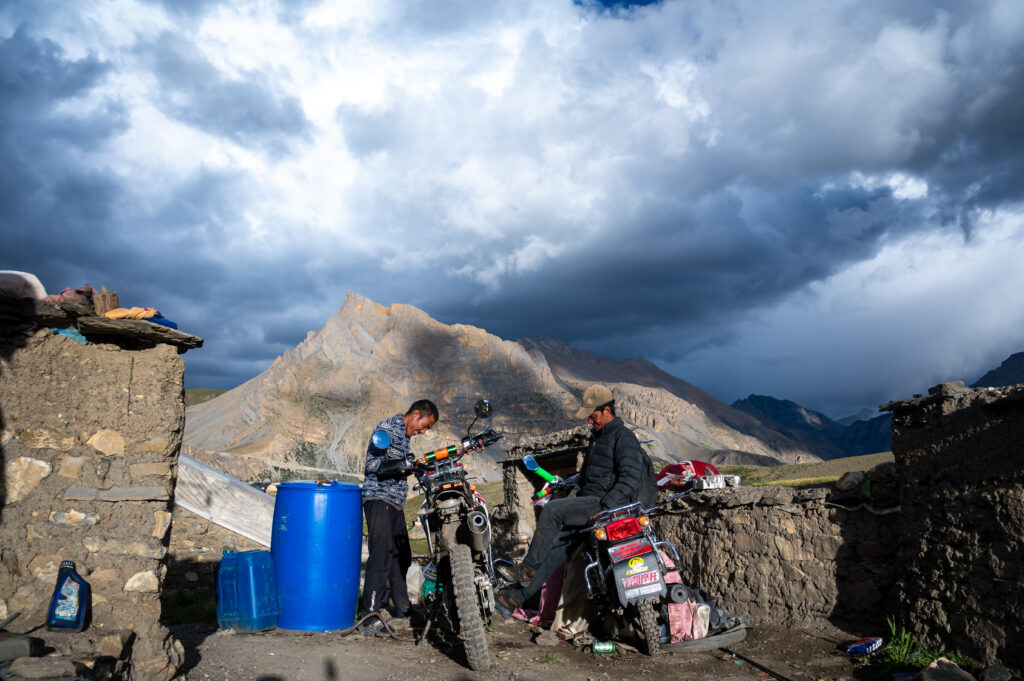
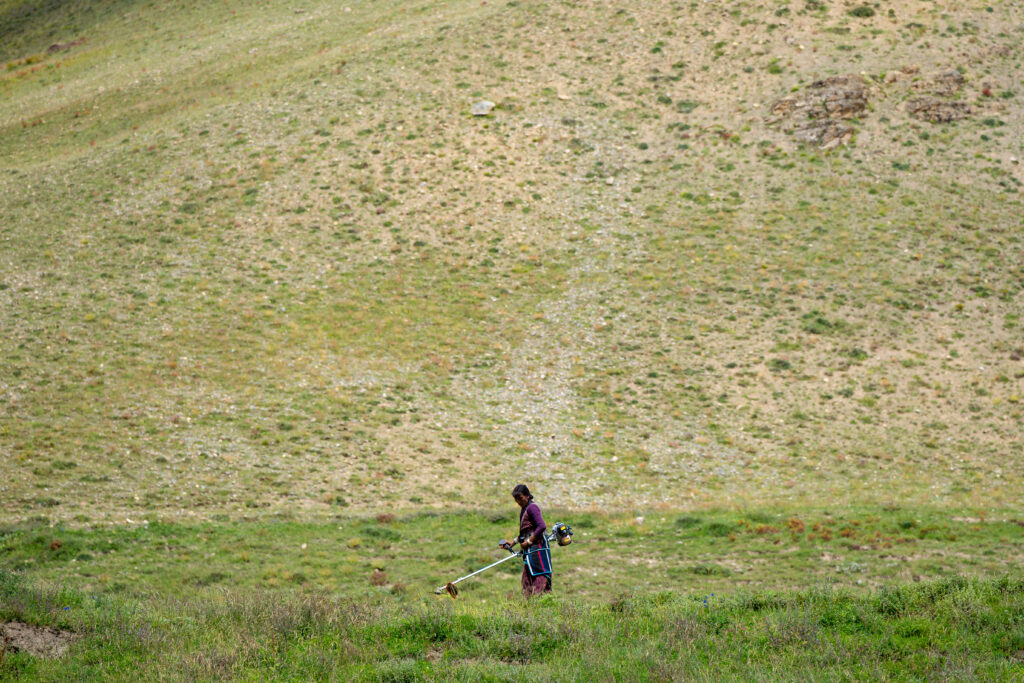
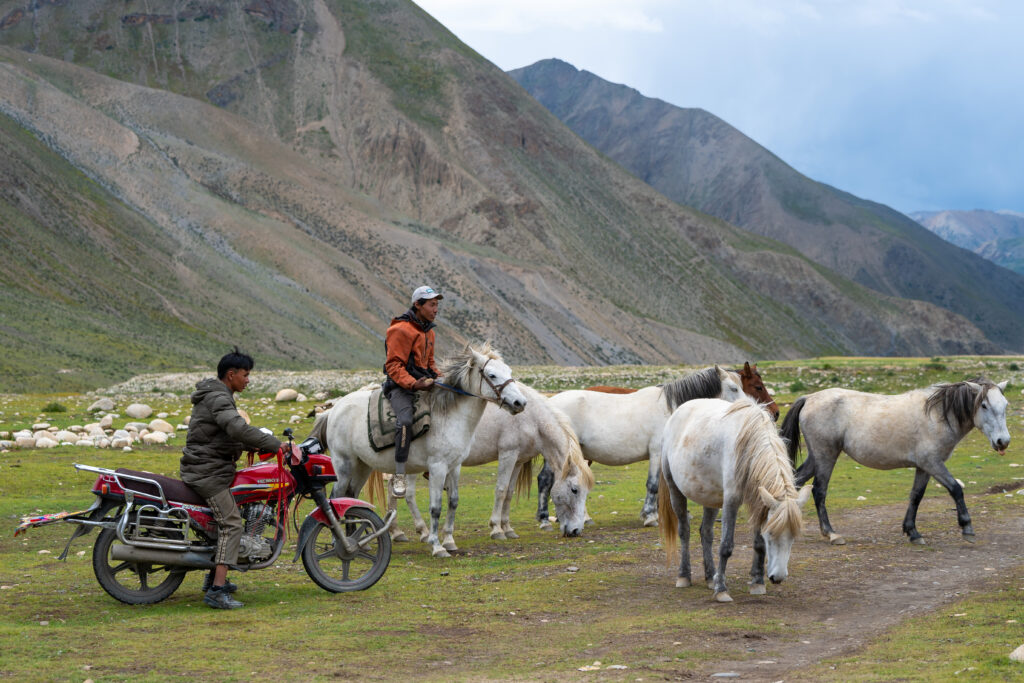

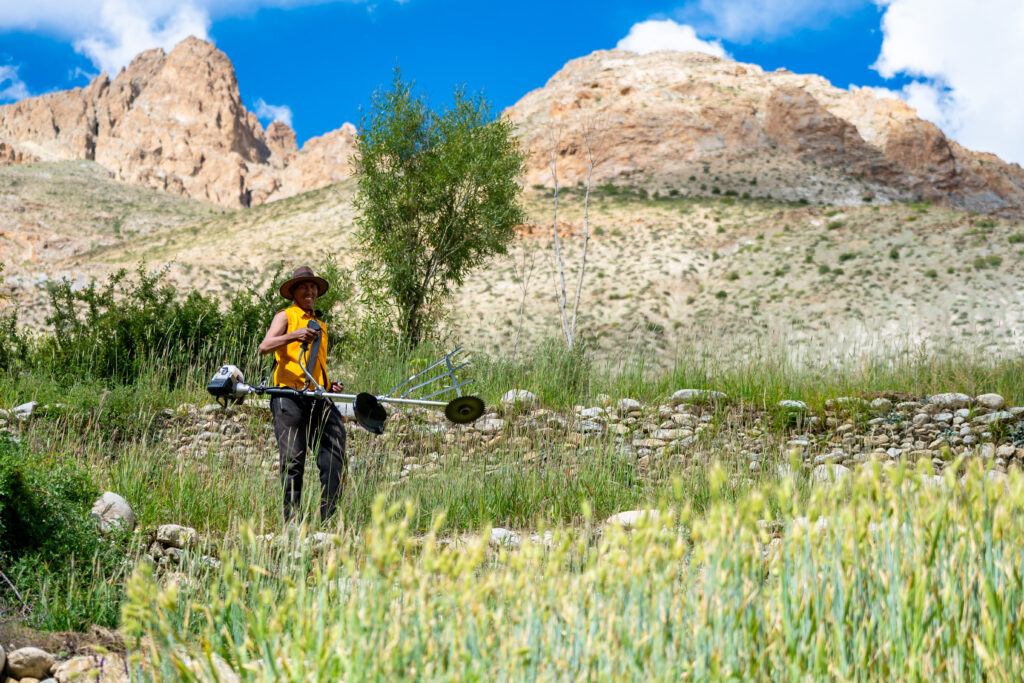
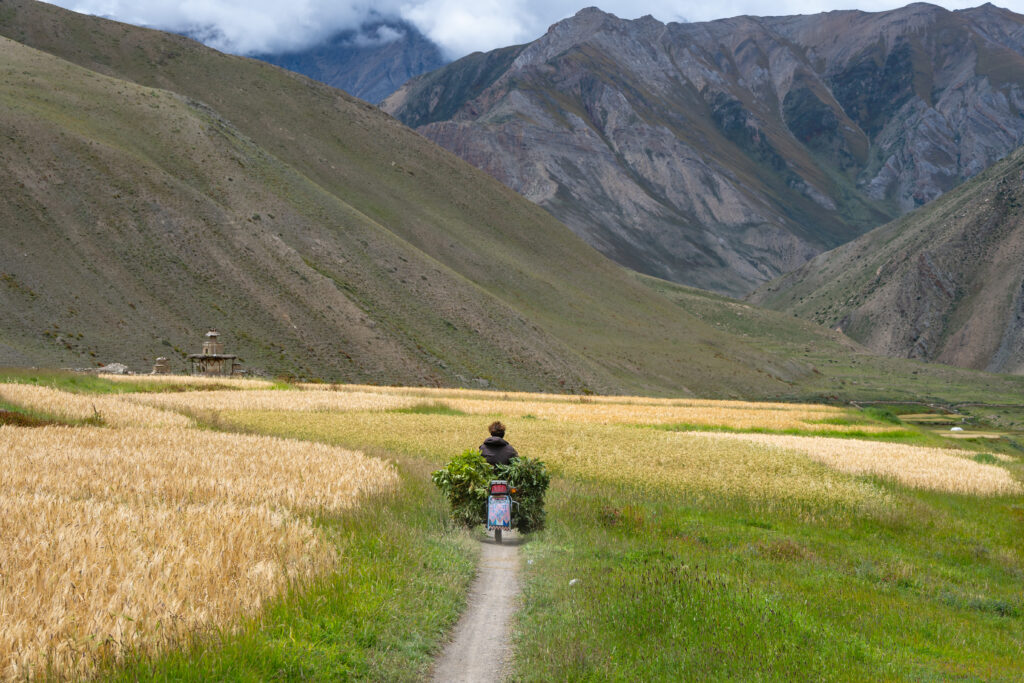
Challenges Behind the Camera
Dolpo tested every part of me, my body, mind, and equipment. The cold drained my batteries, the altitude slowed my steps, and the vastness humbled my sense of scale.
There were times when I couldn’t shoot, when the wind was too strong, or the light too harsh. But those pauses taught me patience. Some days, the Osmo captured fleeting moments I couldn’t frame fast enough, the sound of yak bells, the flicker of butter lamps, or the way morning light slipped across the mountains like prayer. I was fortunate enough to capture the caravan of Yaks as they are very less in number compared to the past.

Reflections from the Trail
Looking back, Dolpo stripped photography to its core. It wasn’t about perfect images or composition, it was about being present. About waiting for light, and learning when not to shoot.
Every photograph became a quiet conversation between stillness and motion, faith and landscape. Dolpo reminded me that the Himalayas don’t reveal themselves easily, they ask you to slow down, breathe, and listen.

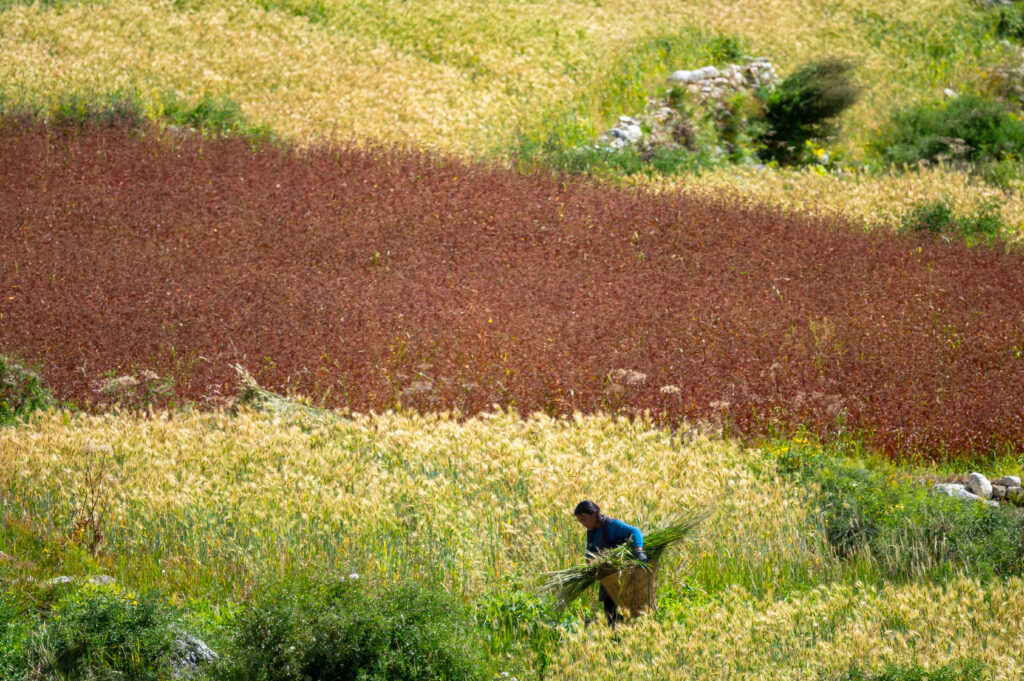
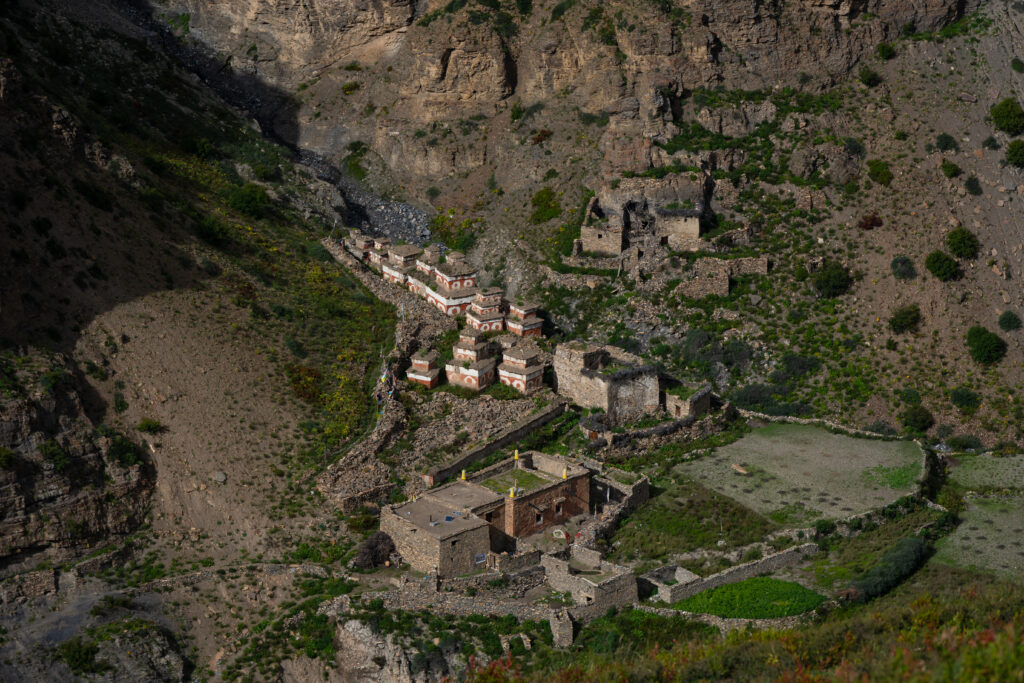
For Fellow Travelers and Photographers
If you plan to trek or photograph in Dolpo:
- Expect delays. Flights are unpredictable; jeep rides might become your backup plan.
- Travel light. Every extra gram counts on the trail.
- Plan your power. My GoalZero Sherpa 100PD was essential for charging cameras and accessories.
- Photograph respectfully. Always ask permission and take time to engage before shooting.
- Be patient with the light. The Himalayas change their mood every hour.



Final Thoughts
Dolpo isn’t a place you visit, it’s a place that transforms you and your photography. It isn’t just a place to travel but an experience itself. Through my lens, I tried to capture fragments of its vast silence: the hum of wind through prayer flags, the quiet dignity of its people, and the stillness that lingers long after you leave.
After days in Upper Dolpo, I returned to Juphal hoping to fly back, but the skies had other plans. The return flight was cancelled again, so I took another jeep all the way back to Nepalgunj. In hindsight, those rough journeys felt like part of Dolpo’s initiation — a test of endurance before and after the silence.
Sometimes, the most sacred stories aren’t told, they’re simply seen.
If you’re looking for a guide to explore Dolpo, here’s a link of Explore Dolpo Treks and Expedition who organized the trek.
Leave a Reply